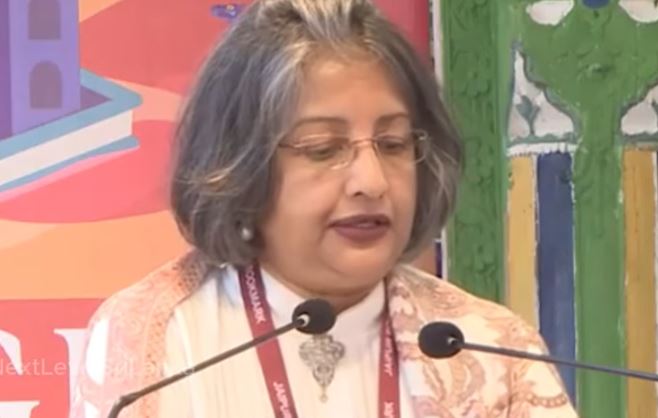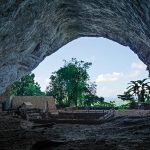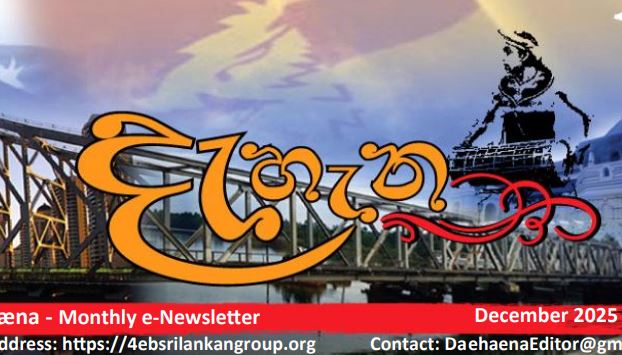Sri Lanka’s economy in the first 10 years-By Uditha Devapriya
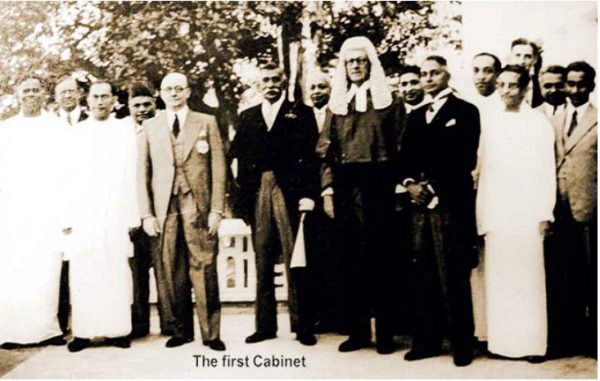
Source:Island
Assessments of Sri Lanka’s history often depict the period from 1947 to 1956 as an Eden before the Fall. Partly, this was owing to how independence had been secured. Freedom was seen as being granted, not won; unlike the multiclass bloc that had prevailed against British dominion in India, in Ceylon independence had amounted to a transition from the colonial bureaucracy to a comprador elite. Independence became a top-down affair, led by those who emphasised cooperation with rather than resistance to Britain.
Moreover, unlike in India, where ethnic tensions led to the partition of the country into Hindu and Muslim sections, in Sri Lanka similar tensions between the Sinhala and Tamil communities did not erupt until a decade later. Until they did, a belief sprang up that the country had secured independence without “dropping a shed of blood.”
Though these sentiments bolstered optimism over the direction the colonial bourgeoisie intended to take Ceylon, they also symbolised the bourgeoisie’s failure to consolidate a multi-class identity. Multiethnic though the composition of the leadership may have been, this was not reflected in the country’s population, which bifurcated between an English speaking elite and a Sinhala and Tamil speaking majority. The elite’s failure to address these concerns eventually led to previous calls for the replacement of English by two languages being replaced by calls to enthrone one, Sinhala.
Yet writers, politicians, even historians depict the first 10 years of Sri Lanka’s independent statehood as one of high prosperity. Two reasons are cited: the elite’s consolidation of a multiethnic identity, and favourable economic conditions which, had the UNP-allied elite continued in power, would have taken Sri Lanka ahead. I have addressed the first of these assumptions above. The second requires more scrutiny and examination.
Commentators who note that we could have done better contend that the colonial office handed over a highly developing country to local elites, and that the latter, particularly those elected after 1956, squandered the opportunity. Implicit in this assumption is the belief that the Ceylonese economy had fared well under British rule.
It goes without saying that this was far from the case. The claims of these commentators, that the country possessed the best road network, railway service, and harbour in Asia, in addition to being “second only to Japan in terms of per capita income”, under British rule, are hence suspect: “The fact of the matter,” Avocado Collective notes, “is that nobody has calculated with any degree of accuracy Sri Lanka’s per capita income in 1948.”
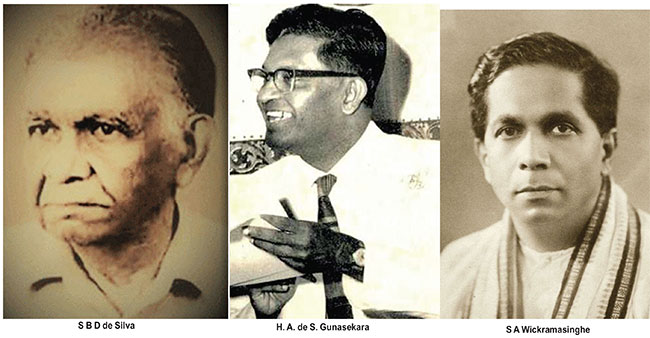
The UN’s, World Bank’s, and IMF’s estimates for Ceylon’s per capita figures in 1950 stood respectively at 311, 326, and 331. As the Avocado Collective writers correctly observe, these numbers could not have been different a mere two years earlier.
The situation was thus more complex, and less rosy, than what these commentators would have one believe. Sri Lanka’s first five years of independent statehood were dominated by problems of rampant poverty, widespread landlessness, inflationary pressures, trade and budget deficits, and declining terms of trade. These reflected the limits of an economy that had been catered to commodity extraction to the exclusion of industrial and productive activity. They eventually came to constrain the country’s potential.
Contrary to those who think otherwise, the country’s plantation sector did not do much to improve the situation. In 1950 the Indian economist B. Das Gupta pointed out that with a per capita monthly aggregate national income of Rs. 30, the development of tea and rubber sectors had “not necessarily meant general economic development of the country.” Simply put, the country remained “extremely underdeveloped.” To top these problems, “only some 10 percent of the population” earned monthly incomes in excess of Rs. 50, no better than the situation in the 1920s. That in turn had opened up a huge savings deficit.
Trade prospects were even worse. The balance of payments fell from a surplus of Rs. 314 million in 1945 to a deficit of Rs. 196 million two years later. The recession in the US had been partly to blame – US imports made up around 45 percent of the total in the country – but so too had Ceylon’s forever precarious terms of trade situation.
Sri Lanka’s terms of trade had risen from 103 to 138 between 1938 and 1947. By 1949 they had come down to 131. Fluctuations in commodity prices contributed to these declines: a decrease in rubber prices from 60 cents a pound in 1948 to 54 cents a pound a year later, for instance, contributed to decreases in the terms of trade of around five percent and in the balance of payments of more than Rs. 52 million.
Making matters worse, by independence the population had been locked into consumption patterns which favoured imports. One economist estimated the country’s propensity to consume in 1956 to have been 0.8493, with a constant of Rs. 20.03. Marginal propensity to import, on the other hand, stood at 0.2516, with a constant of 11.74.
Six years earlier, H. A. de S. Gunasekara had pointed out that three-fourths of total national expenditure was being spent on imports. Very little was diverted to gross capital formation: while the figure stood at seven percent in most developing countries, in Sri Lanka it stood at a paltry four percent, even in 1948. This meant that the country lacked investment capacity, without which growth could simply not be sustained.
Industrialisation was the only feasible and viable answer, and that obviously required heavy State intervention, as was happening in South-East Asia. But all three UNP regimes from 1947 to 1956 dismissed such an idea. The first Finance Minister, J. R. Jayewardene, had been entranced by Keynesian prescriptions, but his high regard for Keynes blinded him to the fact that aggregate demand policies were, as H. A. de S. Gunasekara noted in a critique of the government’s policies, relevant to industrialised countries suffering from excess capacity. In Sri Lanka, by contrast, the problem wasn’t an excess of capacity, but a lack of it.

To give the first two UNP regimes credit, though, they differed from the laissez-faire, non-interventionist position that Jayewardene’s successor, Oliver Goonetilleke, would adopt. Moreover, right until the withdrawal of food subsidies in 1953, which sparked the Hartal, the government continued the social welfare policies it had inherited at independence. The latter, in particular, became a sine qua non of democratic governance in Sri Lanka, a legacy of the Donoughmore reforms: thus, while expenditure on welfare had absorbed 16 percent in the 1920s, by 1947 it was absorbing a more impressive 56 percent.
Generous as these schemes would have been, however, the government’s economic plans were seen as less than stellar, in need of much improvement.
In a critique of the 1950 Budget, G. V. S. de Silva accused the UNP of transferring wealth to the rich even while expanding welfare measures. The government’s attitude to the question of local industry, which had by then become a priority across South-East Asia, also came for criticism: according to one observer, the tariff structure privileged the filling up of coffers “at the cost of irrational treatment for home industries.” The situation was such that while tariffs on areca nuts stood at 100 percent, those on brushes and rat traps did not exceed 50 percent, though the latter items could be manufactured locally.
Historians like K. M. de Silva dismiss the Opposition’s regard for industrialisation as a much-exaggerated panacea for all ills. Yet, it was industrialisation, led by the State in conjunction with private players, which had spurred growth in South-East Asia. Regrettably enough, Sri Lanka’s elites did not pursue such a strategy, even in the long term.
Instead the first three UNP governments prioritised full employment, which meant focusing on aggregate demand. On the one hand, they oversaw huge land resettlement schemes, which Tamil politicians alleged were a cover for mass Sinhalese colonisation. On the other hand, they embarked on large-scale projects like the Gal Oya scheme, which the Left lucidly critiqued: S. A. Wickramasinghe, for instance, described Gal Oya as a white elephant that benefitted American experts and local elites rather than the people.
The government’s focus on demand policies distracted it from other considerations. It also compelled it to promote if not entrench unproductive sectors, rather than urging reforms on them by way of taxation or nationalisation. Indeed, as H. A. de S. Gunasekara correctly observed, demand policies could not work in a context where land and labour were being channelled for such sectors, prime among them the estates. As S. B. D. de Silva noted in The Political Economy of Underdevelopment, for over a century these sectors had been driven by neither science nor technology, but rather by labour exploitation, profit repatriation, and absentee landlordism. This was hardly a productive combination.
Not surprisingly, the UNP endeavoured to appease these interests. Disregarding Marxist demands to nationalise estates, the government went about imposing higher taxes on them. Yet this hardly endeared the UNP to estate owners: Das Gupta noted that the latter began repatriating their assets soon after independence, fearful of the State “lessening their prospect of profit.” Later, Finance Minister J. R. Jayewardene realised, rather dismally, that planters did not necessarily prefer his solution of taxation to the Marxist alternative of outright nationalisation. They dreaded both options, and wanted out. In its own way, that was as much a tribute to the regime’s failures as to its economic ideology, which reflected the elite’s preference to cooperate with, rather than antagonise, British interests.
The writer can be reached at udakdev1@gmail.com



